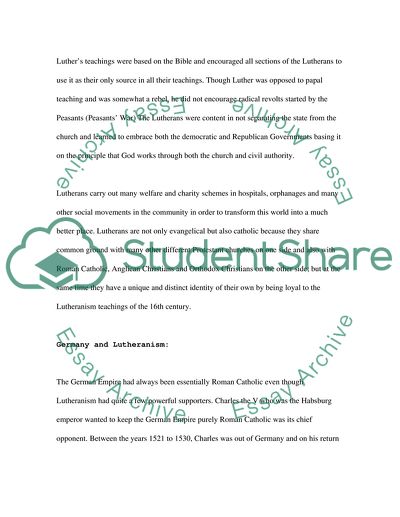Cite this document
(Protestant Reformation Essay Example | Topics and Well Written Essays - 4000 words, n.d.)
Protestant Reformation Essay Example | Topics and Well Written Essays - 4000 words. Retrieved from https://studentshare.org/history/1712732-how-the-protestant-reformation-impacted-womens-lives
Protestant Reformation Essay Example | Topics and Well Written Essays - 4000 words. Retrieved from https://studentshare.org/history/1712732-how-the-protestant-reformation-impacted-womens-lives
(Protestant Reformation Essay Example | Topics and Well Written Essays - 4000 Words)
Protestant Reformation Essay Example | Topics and Well Written Essays - 4000 Words. https://studentshare.org/history/1712732-how-the-protestant-reformation-impacted-womens-lives.
Protestant Reformation Essay Example | Topics and Well Written Essays - 4000 Words. https://studentshare.org/history/1712732-how-the-protestant-reformation-impacted-womens-lives.
“Protestant Reformation Essay Example | Topics and Well Written Essays - 4000 Words”, n.d. https://studentshare.org/history/1712732-how-the-protestant-reformation-impacted-womens-lives.


